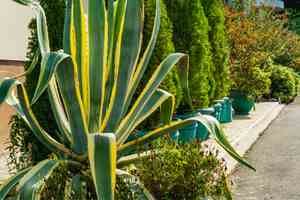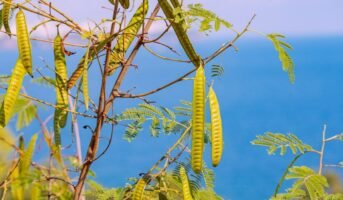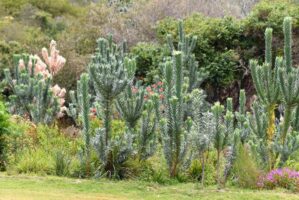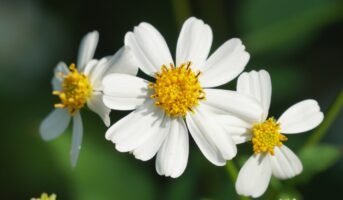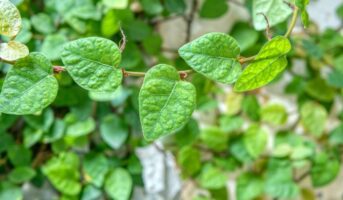Agave americana, or the American century plant, is a drought-tolerant, perennial plant used for ornamental purposes. The plant is also called American aloe but does not belong to the same family as aloe. It is characterised by greenish-yellow flowers and spatulate leaves, which are over six inches long. Here’s all you need to know to grow this plant in your home garden.
See also: Spathiphyllum Wallisii: Common name, uses, description and plant care
Agave americana: Quick facts
| Plant name | Agave americana |
| Common names | Century plant, American aloe or maguey |
| Family | Asparagaceae |
| Found in | United States, Mexico |
| Flower colour | Greenish, Yellow |
| Flower blooming season | June or July |
| Foliage | Green |
| Fruit | Capsule, brown coloured |
| Toxicity | Low |
| Benefits | Ornamental purpose and medicinal benefits |
known about: Arjun plant: care, uses, and toxicity of Terminalia arjuna
Agave americana: Genus
Agave americana is a flowering plant from the Asparagaceae family and belongs to the Agave genus, which is a class of monocots or grass-like flowering plants. The genus is mainly known for its succulent and xerophytic plant species that can adapt to thrive with minimum water. These typically form large rosettes of strong and fleshy leaves.
Agave americana: Description
- Agave americana is a succulent with a slow growth rate
- The leaves have an arrangement of rosettes comprising stemless, long leaves. The shape is spatulate to oblanceolate
- The fleshy leaves of Agave americana have a length of over six inches
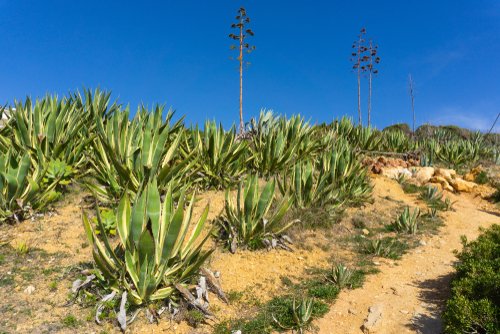
see also about: Phyllanthus urinaria: Benefits, uses and plant care
The greenish or yellow flowers are tubular and grow up to three to six inches.

Why is Agave americana called a century plant?
The plant was named the century plant as it was believed that it took 100 years, a century, for the plant to bloom. However, the plant does not take so many years. The main plant dies once it blooms. On blooming, it sends up a single flowering stalk from the centre of the leaves, growing up to 15-30 feet in height. The flower stalk looks like a narrow pole and has horizontal branching near the top.
Agave americana: Benefits and uses
Ornamental purposes
Agave americana plants are well-suited for designing beds and borders, rock gardens, city gardens, succulent gardens and Mediterranean gardens. They can be grown in containers to adorn outdoor spaces.
Medicinal uses
Agave americana comprises agavose, a form of sugar with the same chemical formula as sucrose but with extremely less sweetening power. In traditional medicine, the Agave americana plant has been used for curing several ailments, including as a laxative, diuretic, and diaphoretic.
Cuisine
In pre-Columbian Mexico, the Agave americana plant was used for producing an alcoholic drink called Pulque or Octli. The stem is cut before flowering, which produces a sweet liquid called aguamiel or honey water. This accumulates in the plant’s hollowed heart. The liquid is fermented to produce the drink. The high alcohol produced by fermenting agave distillation is referred to as Mezcal. In the tequila-producing areas of Mexico, agaves are known as Mezcales.
Agave nectar is sold as natural sugar containing a low glycaemic index owing to the high level of fructose.
Fibres
Agave americana leaves produce fibres called pita. The material is used in making ropes, nets, sacks, bags, matting or coarse cloth products. It is also used in embroidery work on leather with a technique called Piteado.
Wildlife
The plants serve as protective habitats for birds and small animals. They attract hummingbirds and nectar insects. However, they are deer resistant.
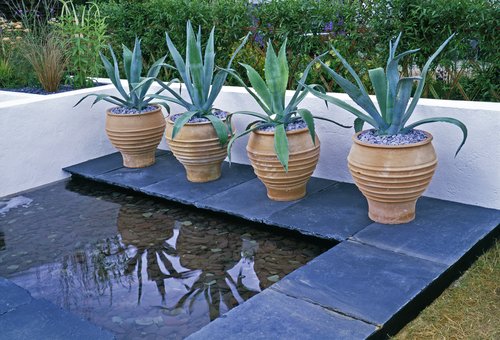
Agave americana: Propagation
Vegetative offsets
As the Agave americana plant is flowering, vegetative offsets appear around the base of the mother plant. Offsets help in vegetative reproduction in plants. They are small daughter plants, naturally and asexually, produced on the mother plant.
Seed
The Agave americana plant can be grown from seeds. Plant the Agave americana seeds, leaving a minimum of one centimetre of space between each seed. Cover the seed with a thin layer of soil.
Agave americana: Care
- Sunlight: Agave americana can grow in direct sunlight to shade. Keep the plant in direct sunlight for at least six hours a day.
- Temperature: The plant can withstand heat and dry weather conditions. However, it should be protected from winter temperatures to avoid damage.
- Soil: Use slightly acidic, porous and sandy potting soil with good drainage.
- Watering: The plant has minimum requirements. However, it should be allowed to dry out between watering.
Agave americana: Common problems
Agave americana are susceptible to attacks by Agave Snout, a large black beetle. The beetle can kill the plants. To identify infestation, look for any damaged tissue where the leaves meet stem. The lowest leaves start to wilt or slope unusually downward with the center cone remaining upright. The plants would no longer be anchored by their roots and rock when pushed.
FAQs
Is the Agave americana plant poisonous?
The sap from the Agave americana leaves may be poisonous. The pointed spines on the leaf tip may be hazardous to pets and humans. Agave americana is known to cause severe allergic dermatitis.
What are the common problems with Agave americana?
Agave weevil is a beetle that can infest Agave americana, while slugs and snails may damage the leaves. Growing the plant in poorly drained or excessively moist soils may result in root rot. Removing dead plants or old leaves may be cumbersome owing to the size of the plant and leaf tip spines.
| Got any questions or point of view on our article? We would love to hear from you. Write to our Editor-in-Chief Jhumur Ghosh at [email protected] |
Harini is a content management professional with over 12 years of experience. She has contributed articles for various domains, including real estate, finance, health and travel insurance and e-governance. She has in-depth experience in writing well-researched articles on property trends, infrastructure, taxation, real estate projects and related topics. A Bachelor of Science with Honours in Physics, Harini prefers reading motivational books and keeping abreast of the latest developments in the real estate sector.
